Meet the Kumar lab.
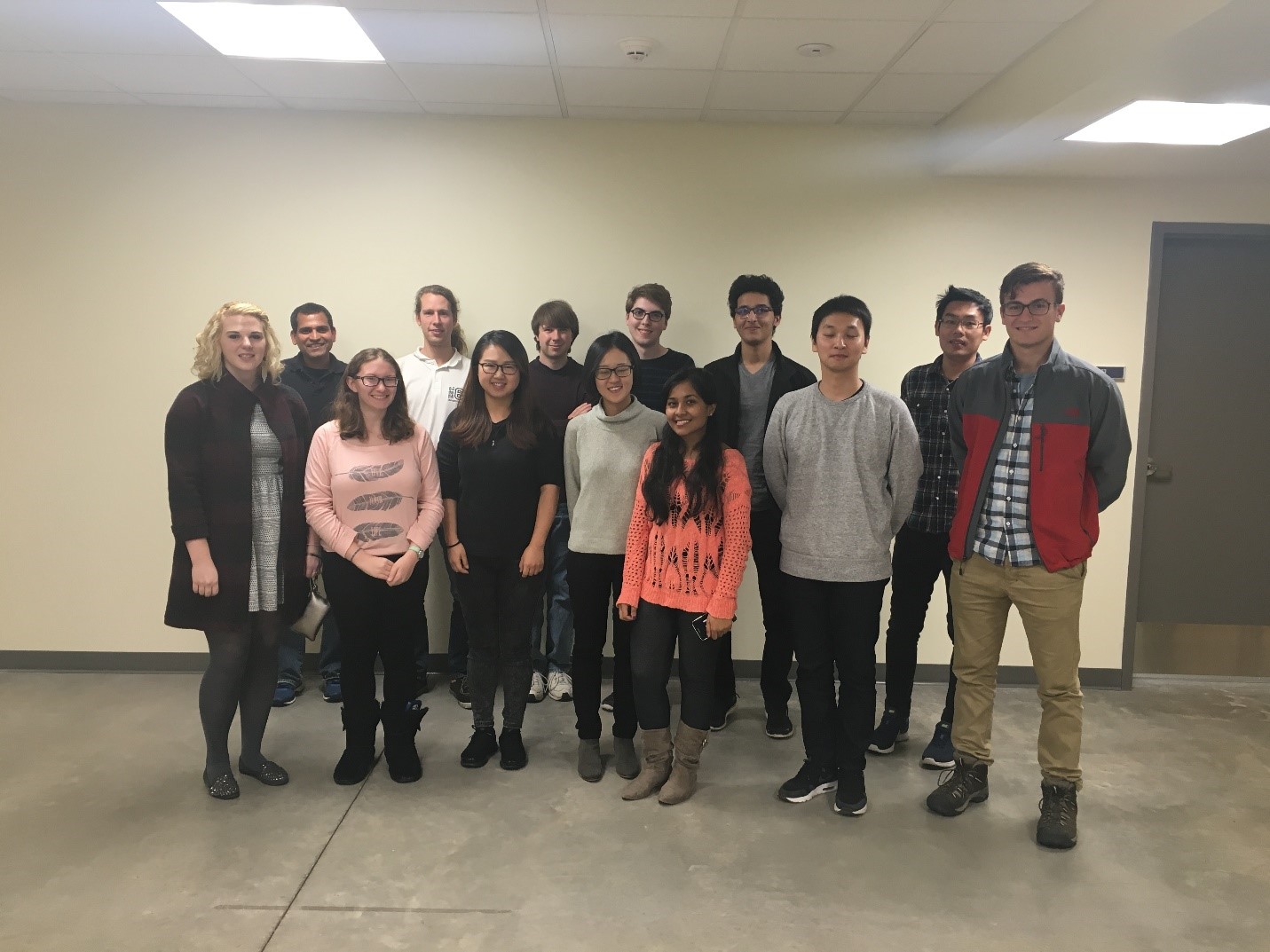
(Left to Right) Megan Farell, Manish Kumar, Emilia Conte, Joachim Habel, Boya Xiong, Ben Schantz, Tingwei Ren, John Brezovec, Hasin Feroz, Yasin Al Fahham, Woochul Song, Henry Yen, Cory Jones
Allen Benjamin (Ben) Schantz
Our lab group works on creating biomimetic membranes, in which a chemically and mechanically stable block copolymer is the matrix and a transmembrane protein is the functional component. These membranes have application in water treatment, electricity generation, sensors, and medicine. I’ve done something of a variety of projects — examining the mechanism of the MOCP antimicrobial peptide (used to treat water in developing countries) using coarse-grained molecular dynamics simulations; developing a coarse-grained MD model for poly(1,2-butadiene)-poly(ethylene oxide), a polymer frequently used for creating biomimetic membranes; examining the mechanism of biomimetic membrane formation by dialysis, the method our group uses to synthesize these membranes, using small-angle neutron scattering; and attempting to form membranes from poly(ethylene oxide)-poly(propylene oxide), a cheap and biocompatible block copolymer.
The work on MOCP has been published in Langmuir and the neutron scattering work is in review by Macromolecules.
I’ve presented my work at the Gordon Research Seminar on Polymer Physics (2014), Penn State Graduate Research Symposium (2015), and American Physical Society March Meeting (2016).
My PB-PEO modeling and neutron scattering work has been a collaboration between the Kumar and Janna Maranas groups (I’m co-advised by these two professors), and I’ve worked with Dr. Paul Butler at the NIST Center for Neutron Research on the SANS project (he’s been a great resource, and is one of the corresponding authors on the upcoming paper).
Outside of research, my biggest hobby has been caving. I started by first year at PSU, and took over as club president a few years ago. I like being able to explore new places underground, get some exercise crawling and climbing around, and see an unusual side of nature.
Megan Farell
My research project is studying lipid bilayer formation on graphene, a 2D material. The aim of this work is to determine the structure of lipids on graphene, a highly hydrophobic substrate with appealing properties such as high surface area, high conductivity, and flexibility. The purpose of this project is to create a nanoscale, biocompatible platform for enzymatic fuel cells that can be used for diverse applications in the medical, energy, and environmental fields.
I was a supporting author for one of my labmates, Patrick Saboe, recently published paper on incorporating a membrane protein, Photosystem I, into a conductive polymer bilayer for enhanced photocurrent generation.
I will be attending the APS conference in March 2017.
I collaborate with Dr. Golbeck’s lab in the Biochemistry Department at Penn State and Dr. Robinson’s lab in the Material Science Department at Penn State.
My favorite restaurant is Sakura because I love sushi. My favorite hobby after work is shopping.
Boya Xiong
My research project is to understand the chemical/physical transformation of polymers used in hydraulic fracturing (“fracking”) under downhole conditions and its impact on subsequent membrane fouling during treatment. Ultra-high molecular weight (>million Dalton) polymers (guar gum and polyacrylamide) are the major ingredients used in fracking; however, their fate during fracking conditions and impact on membrane treatment has not been investigated. The size / structure of the initial and degraded (post-fracking) polymers governs their likelihood of being trapped in the small pore spaces in porous membranes. My work will significantly contribute to develop sustainable water management strategies and understand the unknown risks to water quality impacted by hydraulic fracturing activities. In addition, I also work on engineering a Moringa Oleifera seed modified sand filter for affordable point-of-use drinking water purification.
An initial study on membrane fouling by actual Marcellus shale wastewater has been published in Water Research. I have presented my work at ACS (2015 & 2016), NAMS (2015&2016), Gordon Research Seminar/Conference (2016), PennTech (2016). I have collaborated with Dr. Bill Burgos in Department of Environmental Engineering and Dr. Alexey Silakov from Department of Chemistry. My hobby after work is weightlifting.
Tyler Culp
My research project focuses on using analytical characterization techniques such as transmission electron microscopy, soft X-ray scattering and atomic force microscopy to study structure-property relationships in polyamide active layers used in thin film composite membranes for reverse osmosis and nanofiltration. Currently, I am using these techniques to obtain a 3D structure of the membrane in order to quantify functional group distributions present in the polymer.
I presented at the GRS and GRC conferences for membranes: materials and processes in New London, NH in August 2016. I’ll be presenting at the APS conference in New Orleans next March as well.
I am co-advised by Dr. Enrique Gomez in the chemical engineering department at Penn State and work in collaboration with the Dow Chemical Company. My favorite places to go out are probably Liberty or Local Whiskey.
Joachim Habel
My research project is about artificial biomimetic membranes. Biomimetic membranes should revolutionise water separation membrane technology, because they utilise a highly optimised water separation concept of nature. I’m trying to spincoat a polymeric thin layer that serves as a matrix for less stable cell components. Later artificial channels that mimic water separation membrane proteins of cells will be incorporated in that film. The film will be transferred on a porous membrane support to finally end up in an artificial biomimetic membrane. Without artificial channels, the polymeric layer is thought to get the support water and solute impermeable. With the channels, the polymeric layer is highly water permeable but impermeable to anything else.
This work was partly published in Yuexiao Shen’s PhD thesis and presented at the Gordon Research Conference & Seminar of Membranes: Materials and processes in summer 2016.
I collaborate with the group of Mihai Barboiu at the Institute des Membrane in Montpellier, France, who synthesize the artificial channels.
My favorite restaurant is The Corner Room. I like to explore music from all other the world, playing piano, writing short stories and swimming.
Tingwei Ren
My research project is membrane proteins based biomimetic membranes performance quantification and improvement. The major problem my research is trying to understanding what properties of biomimetic membrane will influence membrane protein incorporation, which will provide directions on developing functional biomimetic membranes with higher membrane protein compatibility.
This work has been presented at Biophysical Society Annual Meeting (2015), North American Membrane Society Annual Meeting (NAMS, 2016), Gordon Research Conference (GRC, 2016), it will also be presented in AICHE this coming November.
In Penn State, I collaborate with Professor Peter Butler’s group (Biomedical Engineering), Professor Costas Maranas group (Chemical Engineering). I also have collaborations with Professor Guillermo Bazan from UCSB.
I enjoyed reading detective fictions (the Tragedy of Y is my favorite book).
Hasin Maksura Feroz
I work with membrane protein characterization and ultrafiltration. My work focuses on making the first direct measurement of ion transport of light-driven chloride ion pump, halorohodopsin.
I have published one paper on the ultrafiltration of membrane proteins.
I have attended NAMS, BPS, Gordon research conference for membranes in 2013-2016. I worked with Prof. Andrew Zydney in chemical engineering and Prof. John Golbeck lab in BMB at Penn State. We also collaborate internationally with Prof Mike Blatt’s lab at University of Glasgow along with other schools in UK and USA as part of the MAGIC consortium (a BBSRC/NSF funded project).
I love Little Szechuan, because the food is spicy!
Woochul Song
My PhD research topic is developing artificial channel-based membranes for water purification. The major challenges include finding more optimized channel designs for selective water separation and developing fabrication process for channel-embedded two dimensional membranes.
I am first year PhD student who joined Prof. Kumar’s lab very recently and have no relevant progress at here. Rather than, I worked in research fields at interface between nanomaterials and biomedical sciences before joining Penn State in Fall 2016. At that time, I developed self-illuminating nanoparticles which can actively release anti-cancer drugs within tumorigenic environments.
I had several opportunities to present my works in domestic (South Korea) and international conferences, including MRS in Spring 2014 and Fall 2012 and The Korean Society for Biotechnology and Bioengineering Fall Meeting in 2013.
I collaborated with several research groups, including Dr. Cho’s research group (Seoul National University), Dr. Min’s group (Sogang University) and Dr. Ahn’s group (Korea Institute of Science and Technology). They are experts in biochemistry, nano colloids and organic chemistry respectively.
I often enjoy Five Guys burgers since I came to USA, it’s not been a while though. I’ve never experienced such like an awesome burger in my home country. I really like it!
Cory Jones
I just started with Kumar lab at the last week of October, and my project is on light driven ion transport membrane proteins: fundamental biophysics, biomedical applications and beyond. One of the areas we are looking into are methods to transport bicarbonate into plants for increased uptake of CO2. Since I just started I have not published, presented, or collaborated yet. My favorite State College restaurant is probably the Corner Room, and my favorite hobby is Tae Kwon Do.
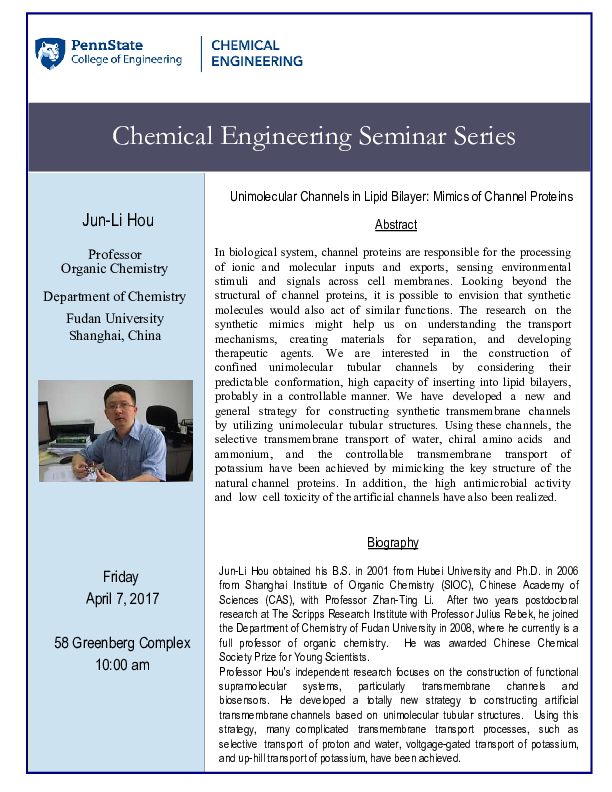
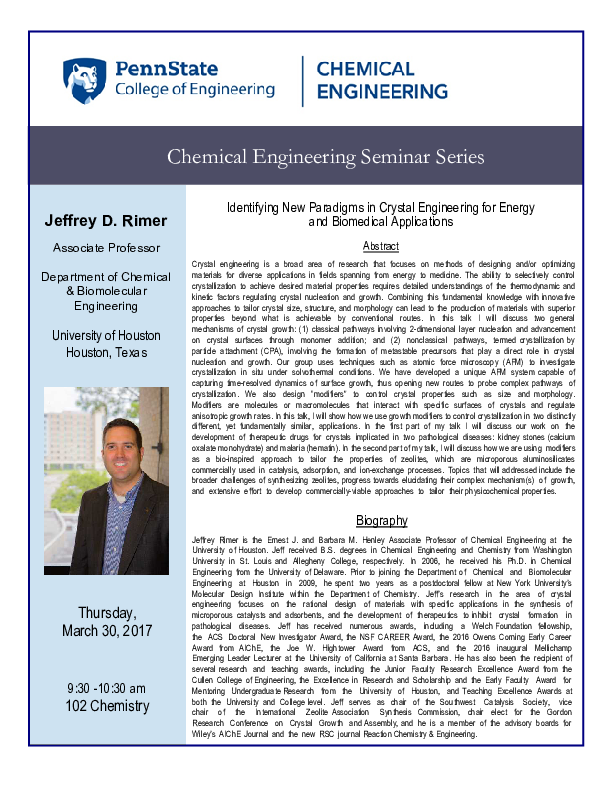

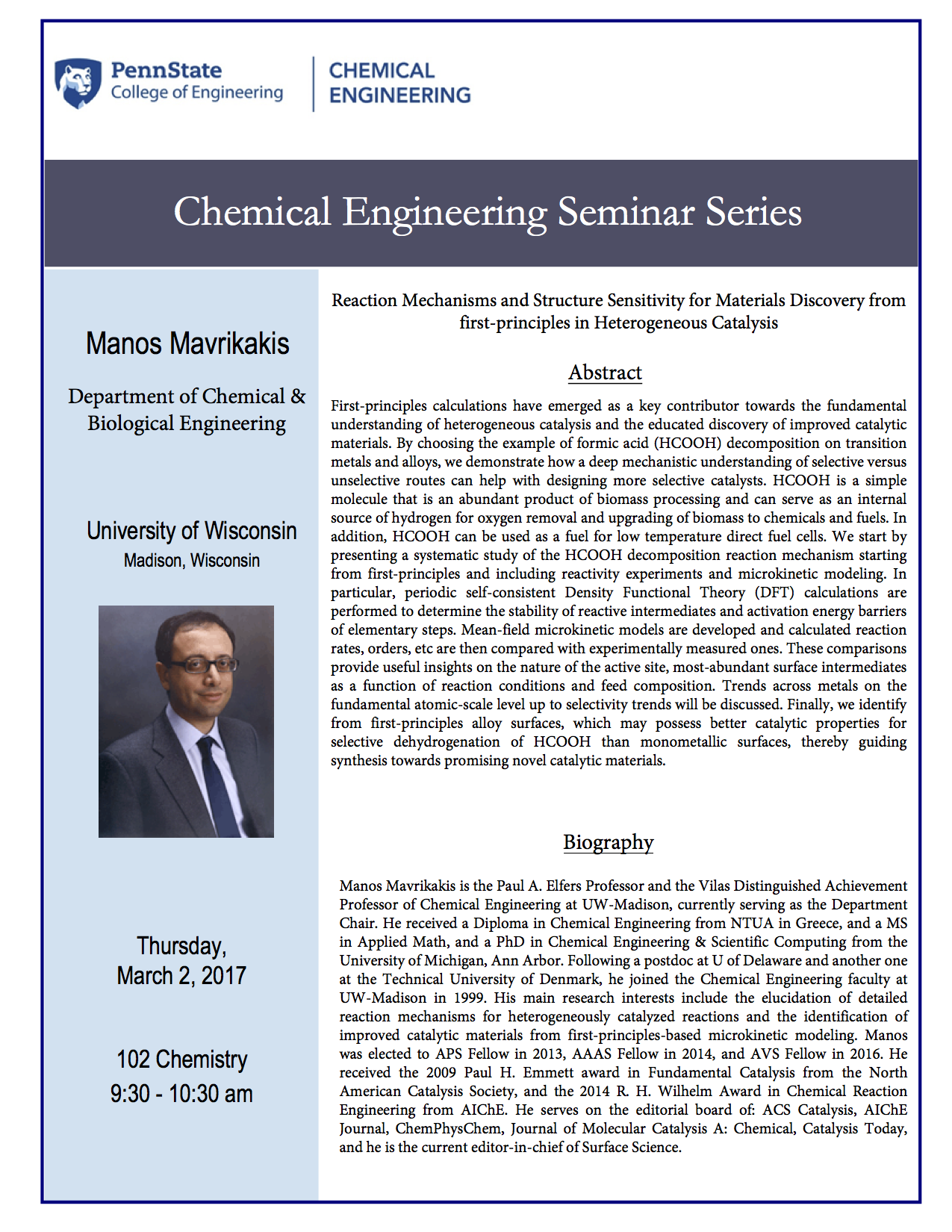
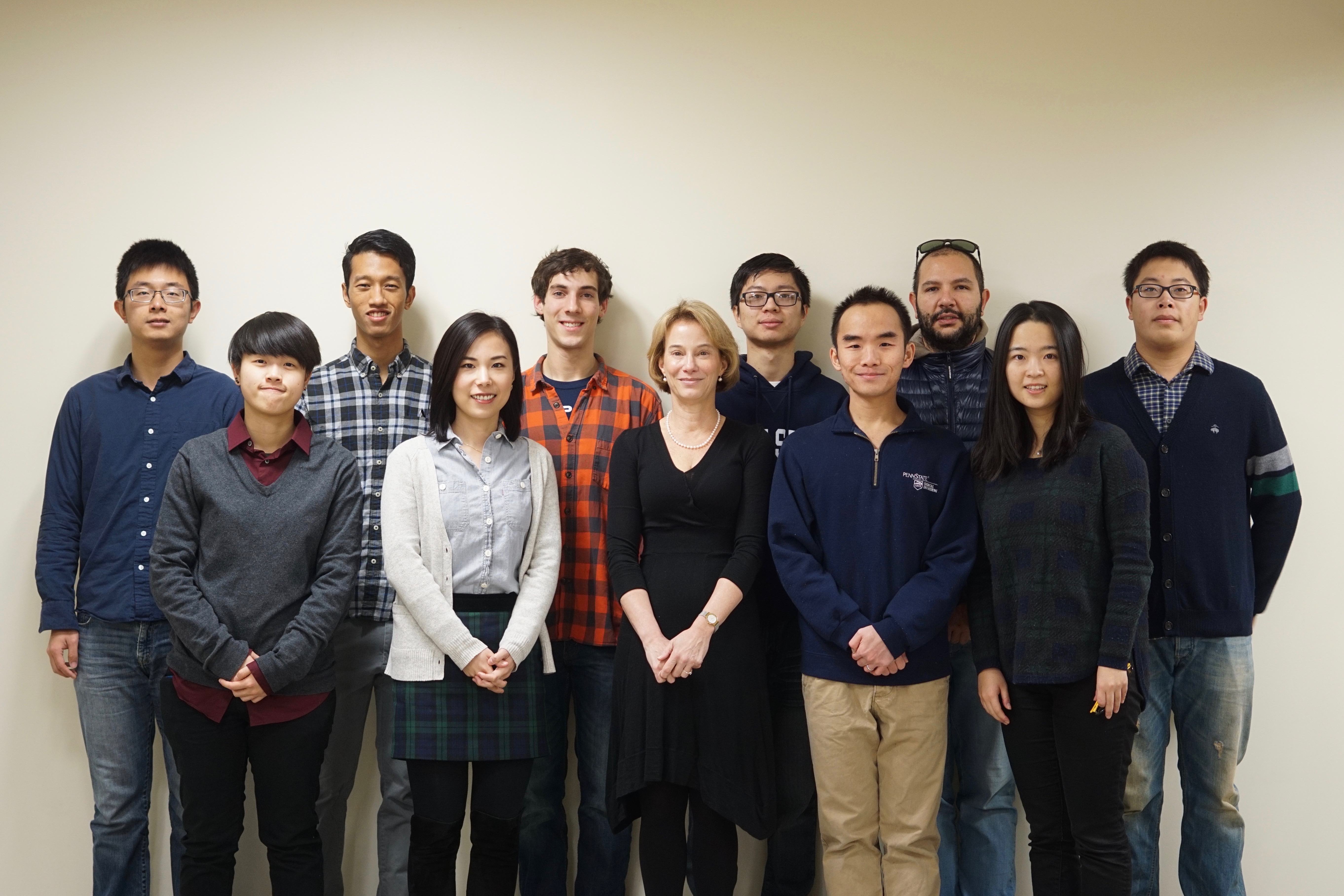

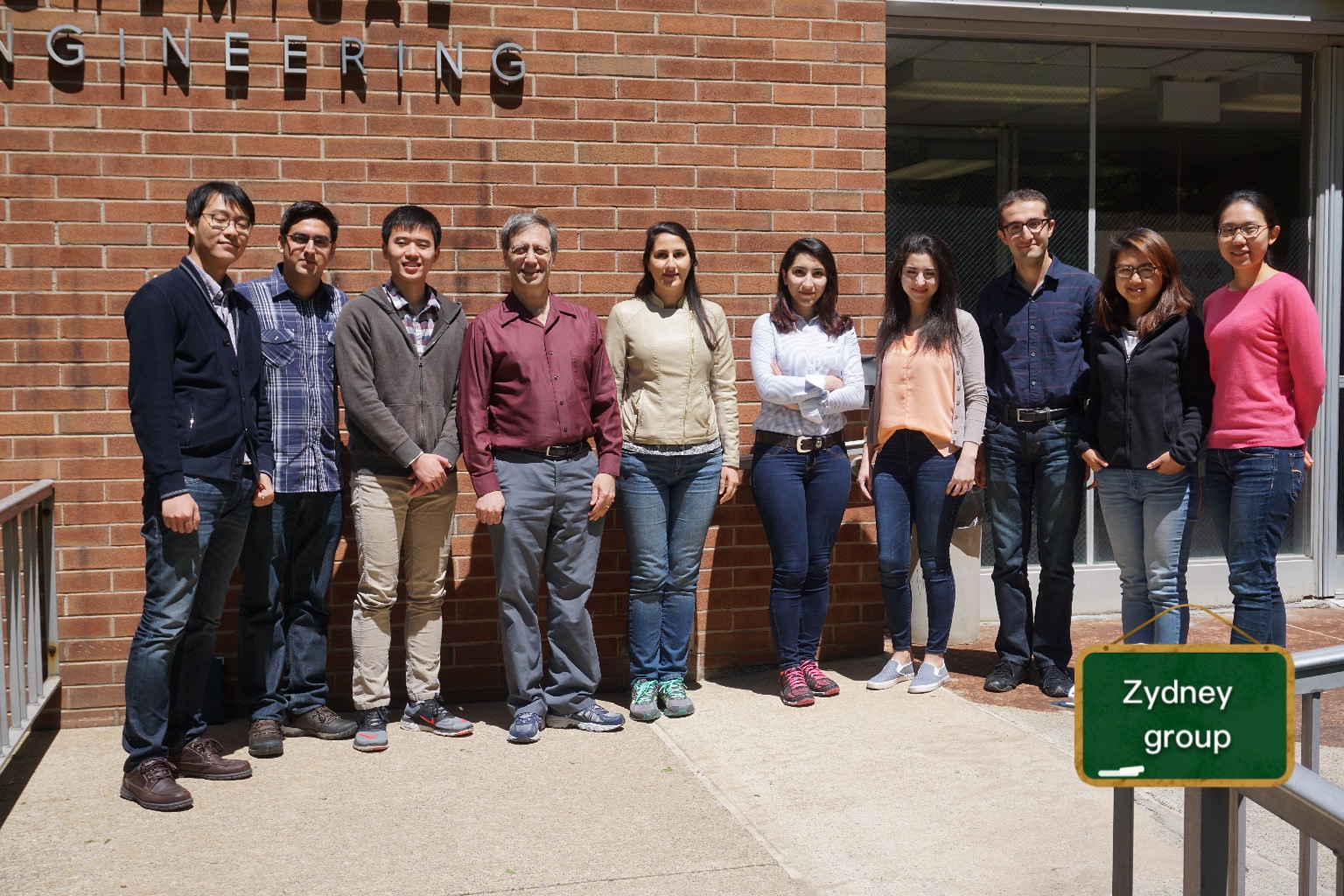
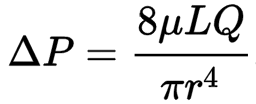


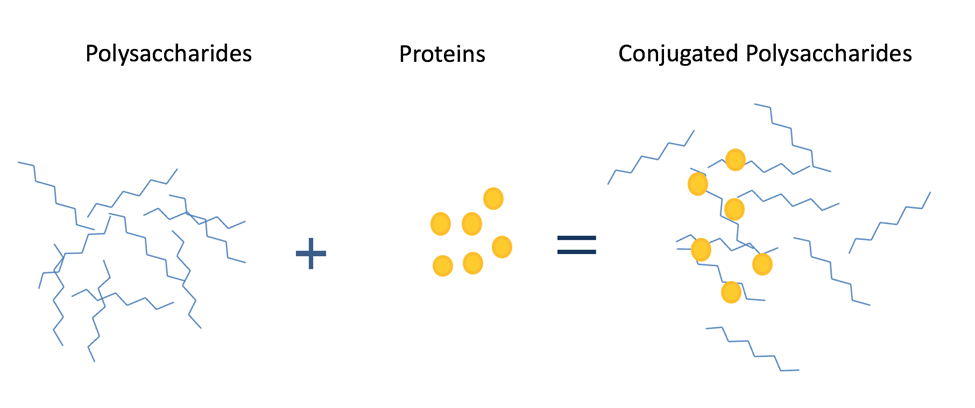
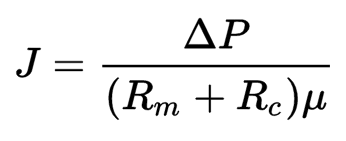
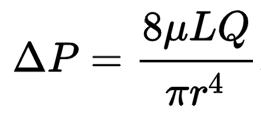
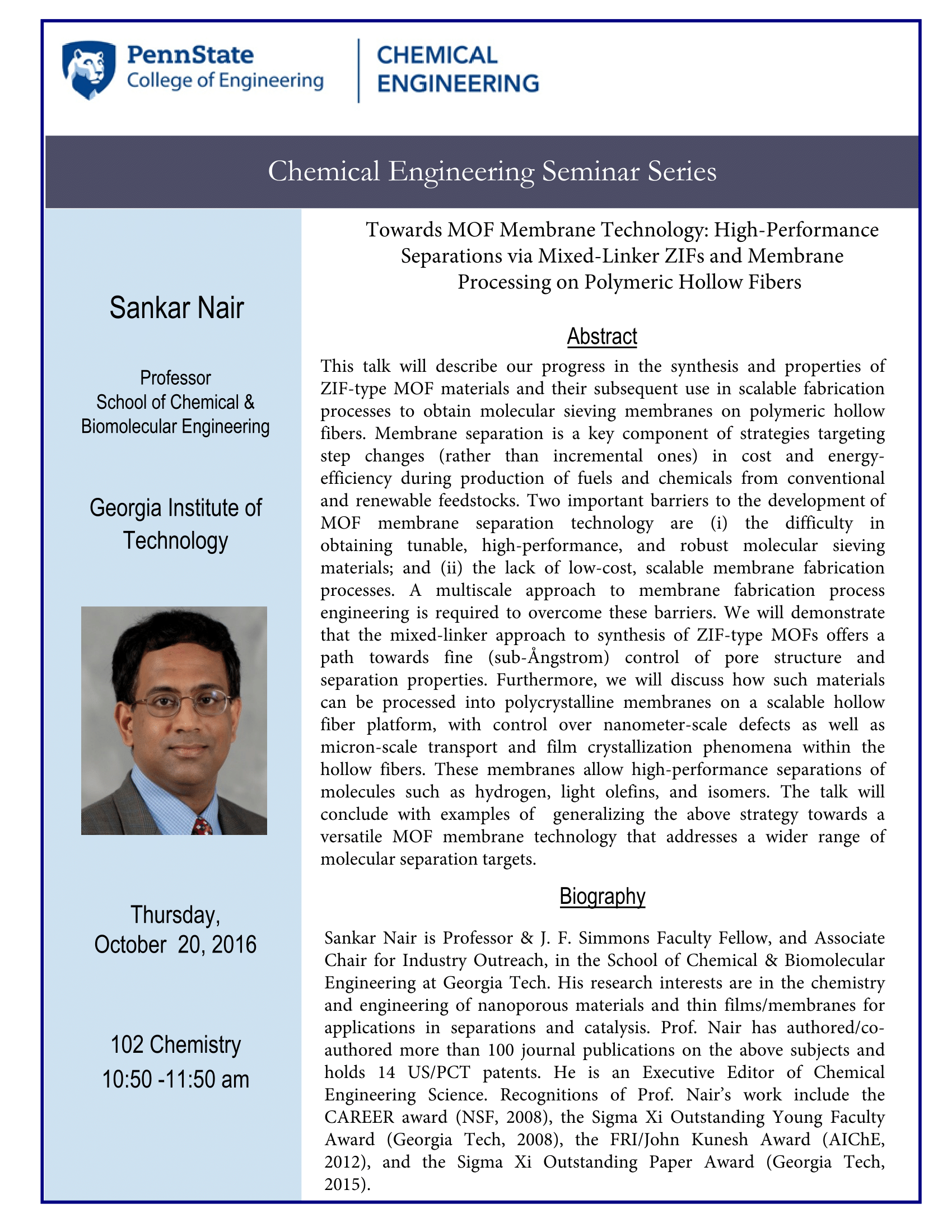

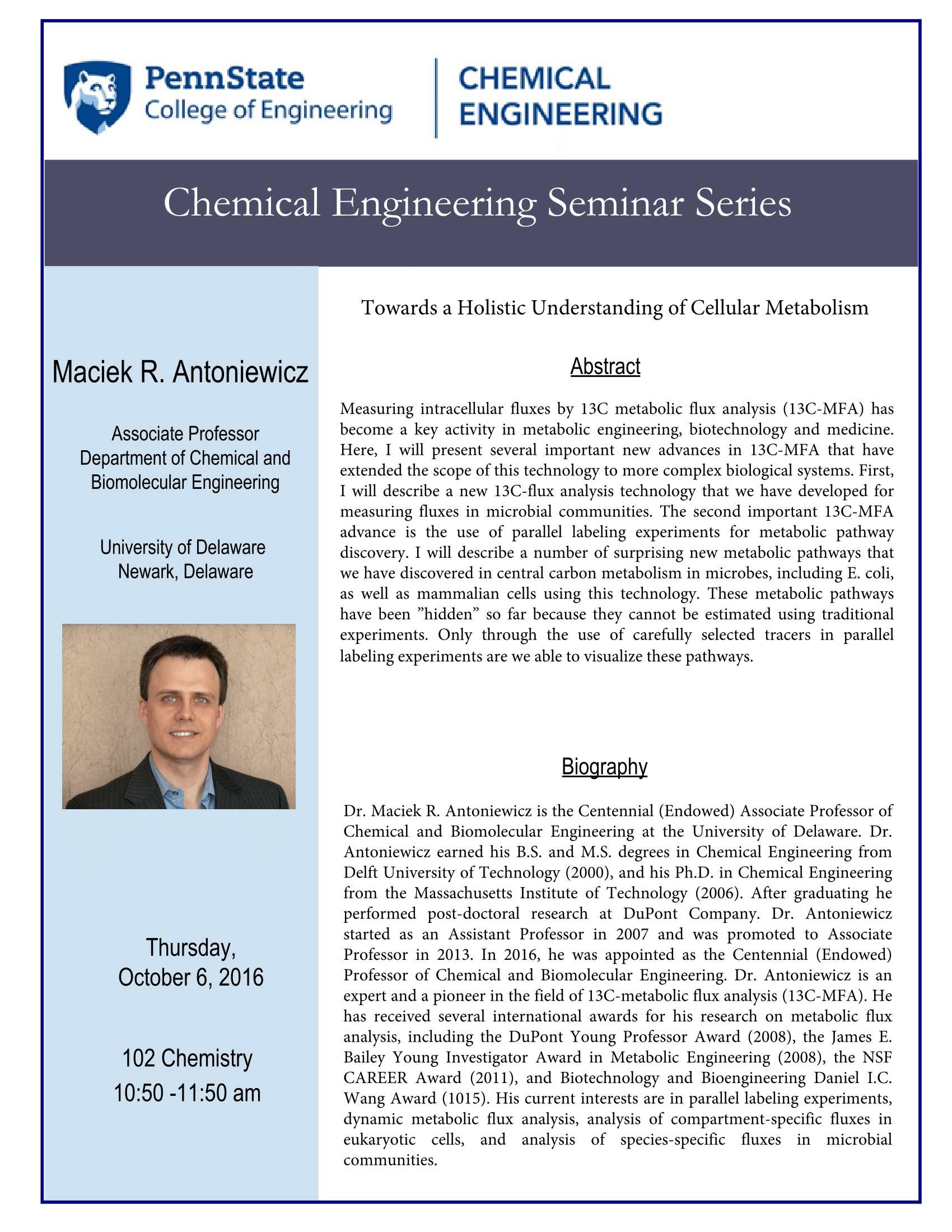
You must be logged in to post a comment.